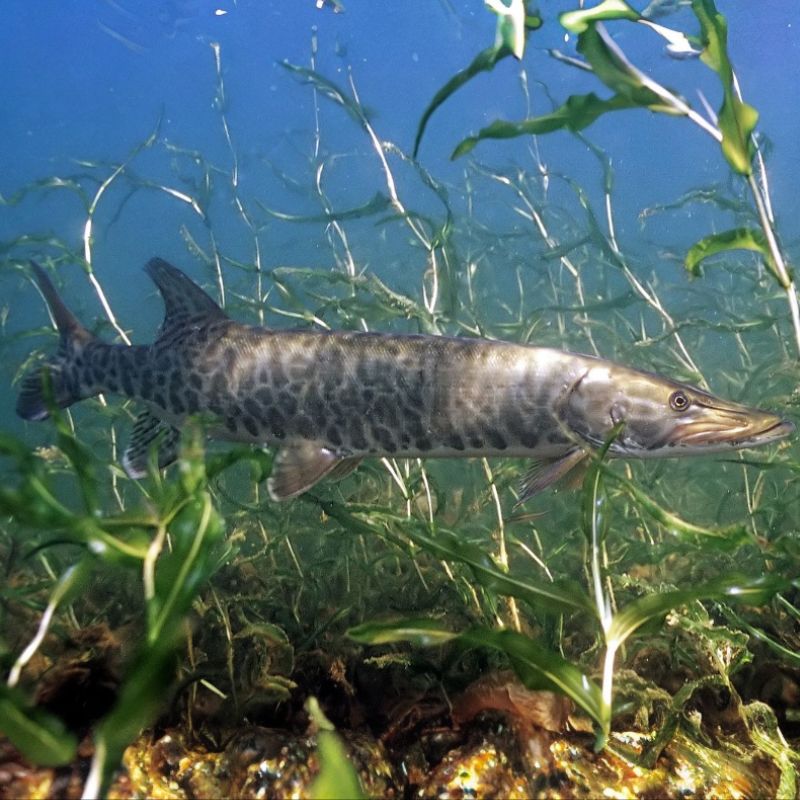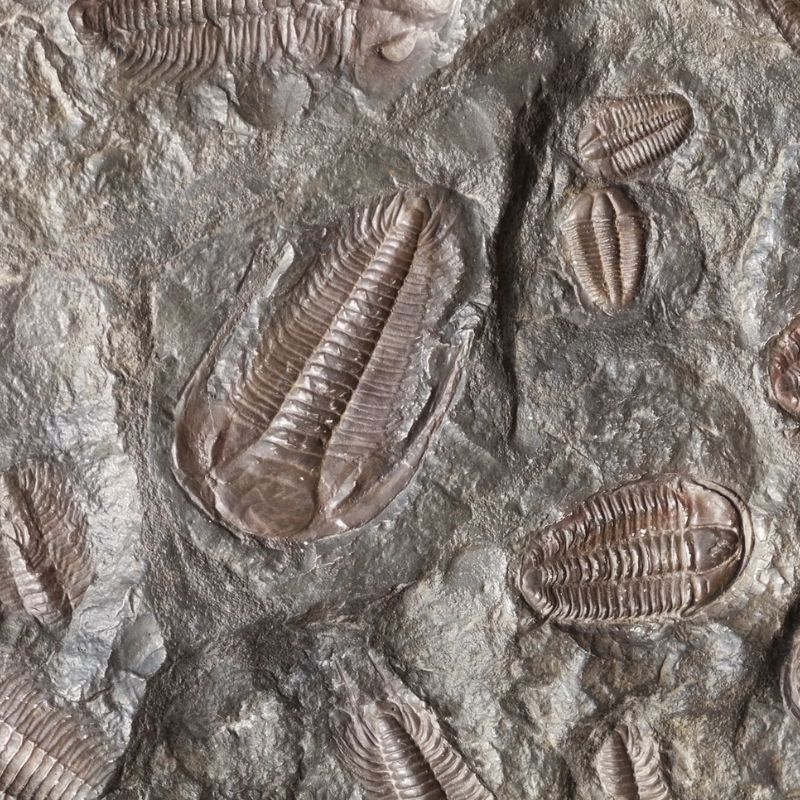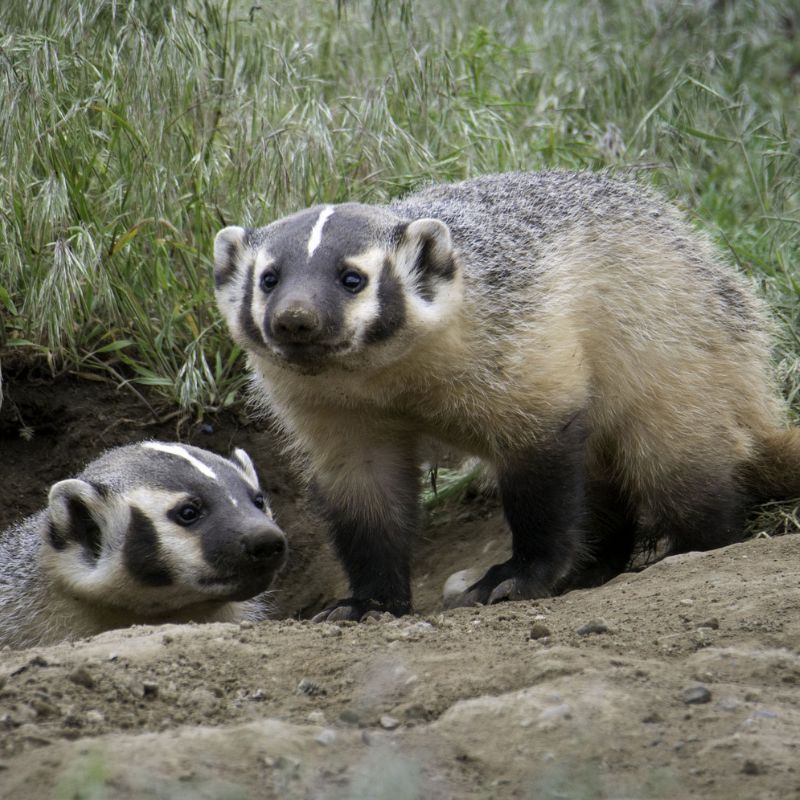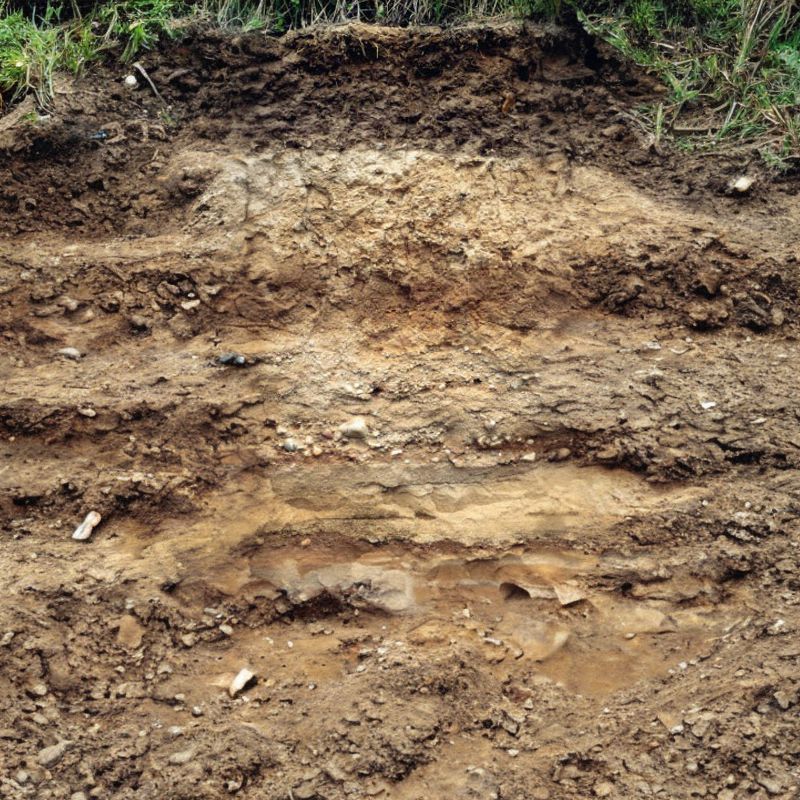Explore the Fascinating History of Wisconsin
Take our Wisconsin Trivia Quizzes for a Chance to Win a 6-Month Subscription to History By Mail!

The History of Wisconsin
Journey Through Wisconsin Trivia
Welcome to our Wisconsin history and trivia page, presented by History By Mail. Join us as we explore the captivating past and vibrant culture of the Badger State. From the pristine shores of Lake Michigan to the rolling hills of the Driftless Area, we'll uncover Wisconsin's hidden gems and test your knowledge with fun quizzes. Let's embark on a journey through Wisconsin's history and trivia together.
Wisconsin is a state steeped in fascinating stories and a unique heritage. From the indigenous tribes like the Ojibwe and Menominee who first called this land home to the legacy of European settlers and immigrants, Wisconsin's history is a tapestry of diverse cultures. It's known as the birthplace of the American dairy industry, with its iconic cheese production and annual Cheesehead pride. The state's breathtaking landscapes, including the awe-inspiring Apostle Islands and the scenic Door County, provide a playground for outdoor enthusiasts and nature lovers alike. Wisconsin is also renowned for its rich traditions in sports, including the Green Bay Packers football team and its passionate fan base.
Today, Wisconsin stands as a vibrant state that embraces its agricultural heritage, celebrates its cultural diversity, and offers endless opportunities for exploration, from its thriving cities like Milwaukee and Madison to its charming small towns.
Facts about Wisconsin
State Abbreviation: WI
Capital: Madison
Name Origin: The name "Wisconsin" has its roots in the language of the Native American tribes who inhabited the region. It is believed to have derived from the Algonquian word "Meskonsing," which means "red stone place" or "gathering of the waters."
Nickname: Badger State
Statehood: May 29, 1848 (30th State)
State Motto: "Forward." It represents the state's progressive and forward-thinking attitude, emphasizing a commitment to continuous progress and improvement. It was officially adopted as the state motto in 1851.
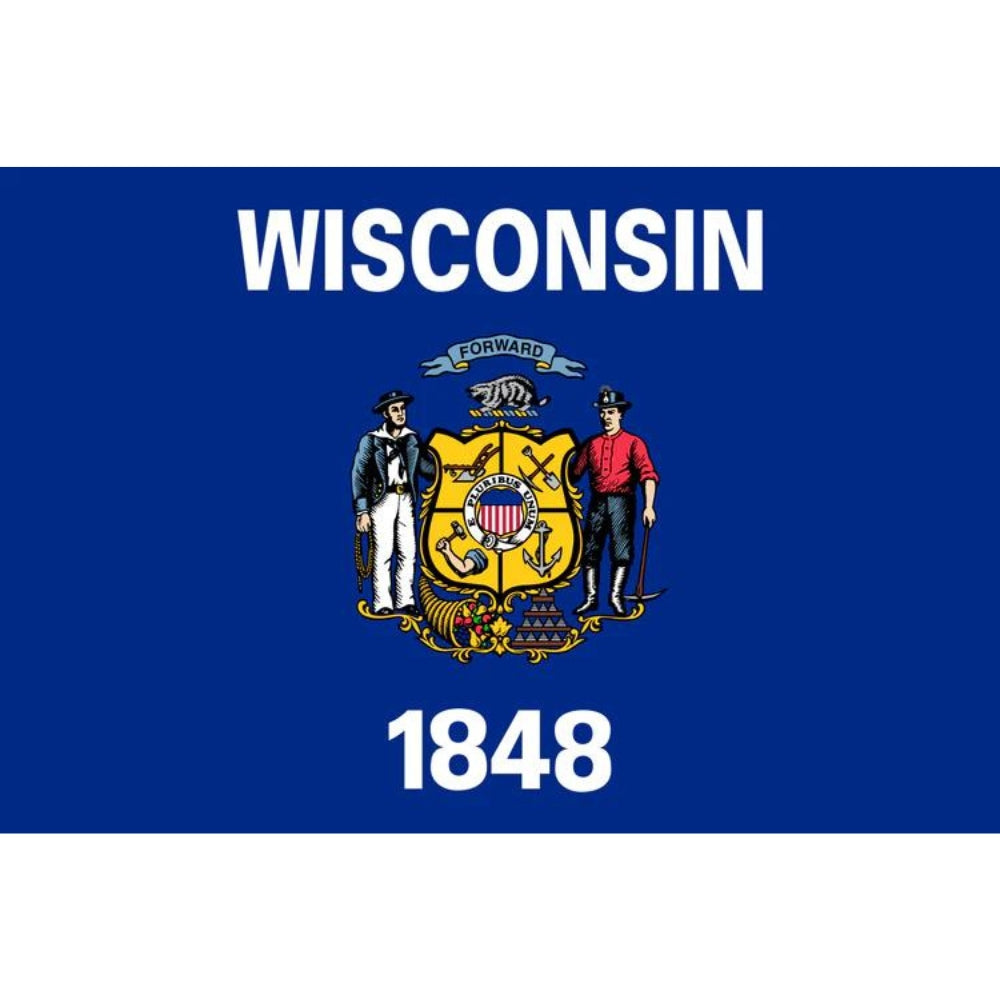
Wisconsin's Flag
The Wisconsin state flag was adopted in 1863 and features a deep blue field with the state coat of arms in the center. The coat of arms is a shield with a sailor and a miner on either side, representing Wisconsin's maritime and mining industries. Above the shield is a badger, the state animal, symbolizing the state's perseverance and determination. The shield is supported by a cornucopia and a lead miner's pick and shovel, representing agriculture and industry.
The state motto "Forward" is displayed on a white scroll beneath the shield, signifying Wisconsin's progressive mindset and continuous pursuit of progress. The flag's design reflects the state's heritage, natural resources, and the hardworking spirit of its people. It serves as a proud symbol of Wisconsin's rich history and its commitment to moving forward towards a brighter future.
Wisconsin's Great Seal
The Great Seal of Wisconsin showcases a miner, a sailor, and agricultural symbols representing the state's industries. A badger, the state animal, rests above the shield with the motto "Forward," symbolizing progress. It embodies Wisconsin's values and aspirations.
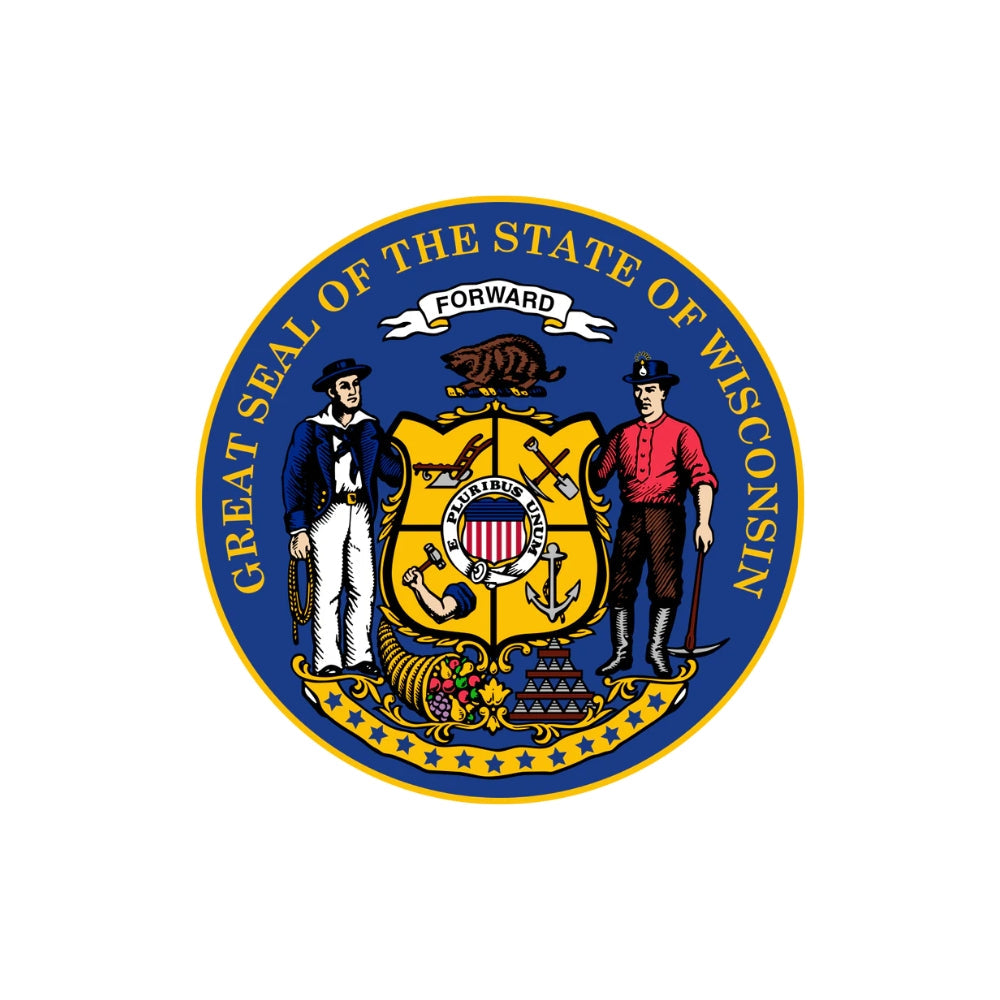
--- State Trivia #1 ---
History of Wisconsin
Wisconsin's history is marked by diverse cultural influences and significant milestones. Native American tribes, including the Dakota Sioux, Winnebago, and Ojibwe, have inhabited the region for thousands of years. European explorers arrived in the 17th century, and the area came under British rule after the French and Indian War. The Wisconsin Territory was established in 1836, and in 1848, Wisconsin became a state.
The state's rich heritage includes its involvement in key social and political movements. Wisconsin played a vital role in discussions to halt the spread of slavery, leading to the creation of the Republican Party. Additionally, the state became a crucial stop along the Underground Railroad, aiding escaped slaves seeking freedom in Canada.
Wisconsin's economy thrives in various sectors. It is a leading producer of milk and cheese, with significant agricultural production in crops such as corn, potatoes, and cranberries. The state's industrial output encompasses automobiles, machinery, furniture, paper, and beer production. Wisconsin is known for its progressive social legislation, including providing pensions for the blind and introducing workman's compensation laws.
State Symbols
Fun Facts
- Wisconsin boasts a remarkable list of famous individuals who were born in the state, including painter Georgia O'Keeffe, author Laura Ingalls Wilder, architect Frank Lloyd Wright, and race car driver Danica Patrick. Their contributions span various fields, showcasing Wisconsin's diverse talent.
- The greater prairie chicken, once on the brink of extinction, can now be spotted in the Buena Vista Grasslands located at the center of the state. Conservation efforts have successfully revived the population, offering nature enthusiasts the opportunity to observe these unique birds.
- Wisconsin's love for cheese is widely known, so much so that the state has its own cheese museum. The National Historic Cheesemaking Center, particularly on the second Saturday in June, creates a massive 90-pound wheel of Swiss cheese, celebrating the state's rich cheese-making heritage.
- The Milwaukee Public Museum offers visitors an immersive experience with its diverse exhibits. From walking through recreations of historic Milwaukee and European villages to exploring ancient Mediterranean civilizations, the museum provides a fascinating journey through time. Notably, it is also home to the world's largest-known dinosaur skull.
- Fans of Laura Ingalls Wilder's "Little House" books can explore a recreation of her first house in Pepin, Wisconsin. This site holds historical significance as it is the place where Wilder was born in 1867, allowing visitors to step into the author's early life and gain insights into her beloved stories.
--- State Trivia #2 ---

Things To Do in Wisconsin
- Visit the Wisconsin Dells: Known as the "Waterpark Capital of the World," Wisconsin Dells offers a variety of indoor and outdoor water parks, thrilling amusement rides, scenic boat tours, and natural attractions like the picturesque rock formations along the Wisconsin River.
- Explore Door County: Located on a scenic peninsula between Green Bay and Lake Michigan, Door County is famous for its charming small towns, beautiful shoreline, and outdoor recreation opportunities. Enjoy hiking, biking, kayaking, cherry picking, lighthouse tours, and art galleries.
- Discover Milwaukee's cultural attractions: Visit the Milwaukee Art Museum, known for its iconic architecture and extensive art collection. Explore the Harley-Davidson Museum to learn about the history of this iconic motorcycle brand. Experience the vibrant food and beer scene, including brewery tours and delicious local cuisine.
- Take a tour of Frank Lloyd Wright's architecture: Wisconsin is home to several renowned buildings designed by the legendary architect Frank Lloyd Wright. Visit Taliesin in Spring Green, his former residence and architectural school, and explore other Wright-designed buildings such as the Monona Terrace in Madison and the Johnson Wax Headquarters in Racine.
- Enjoy outdoor activities in Lake Geneva: This picturesque resort town offers opportunities for boating, fishing, and swimming in the crystal-clear waters of Lake Geneva. Take a scenic hike along the Geneva Lake Shore Path, visit the historic Black Point Estate and Gardens, or indulge in shopping and dining in the charming downtown area.
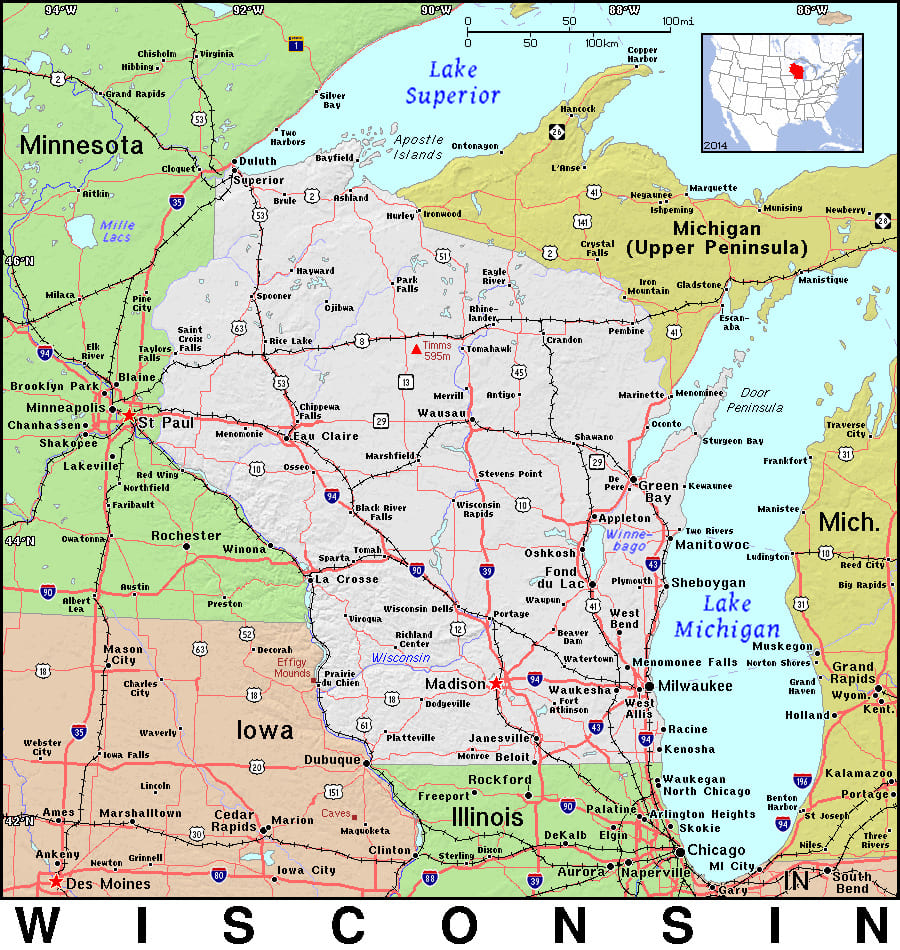
General Map of Wisconsin
Wisconsin, a midwestern state, is bordered by Minnesota, Michigan, Lake Superior in the north, Lake Michigan in the east, Illinois in the south, and Iowa and Minnesota in the west. With over 15,000 lakes, Wisconsin surpasses Minnesota's reputation as the Land of 10,000 Lakes. The state can be divided into five regions: Lake Superior Lowland, Northern Highland, Central Plain, Eastern Ridges and Lowlands.
Famous People From Wisconsin
--- State Trivia #3 ---
FREQUENTLY ASKED QUESTIONS (FAQ) ABOUT WISCONSIN
Wisconsin is often called the "Badger State." This nickname dates back to the early 19th century when lead miners in the region began living in temporary caves, reminiscent of badger dens.
The Wisconsin Dells are a unique geological formation featuring sandstone cliffs and canyons along the Wisconsin River. They are a popular tourist attraction and have been dubbed the "Waterpark Capital of the World."
Wisconsin is often referred to as "America's Dairyland" because it is one of the leading dairy producers in the United States. The state is renowned for its cheese production, and dairy farming has played a significant role in Wisconsin's history and economy.
Wisconsin played a pivotal role in the abolitionist movement in the lead-up to the Civil War. The state was known for its strong anti-slavery stance, and in 1854, it passed the "Wisconsin Idea," which declared the Fugitive Slave Act unconstitutional and prohibited the enforcement of federal slave laws in the state.
Related Resources
- Official Website of the State of Wisconsin: The official website provides information about the state government, services, business resources, and more. Visit: https://www.wisconsin.gov/
- Travel Wisconsin: Explore Wisconsin's attractions, outdoor activities, events, and plan your trip to the state. Visit: https://www.travelwisconsin.com/
- Wisconsin Historical Society: Learn about Wisconsin's history, access archival resources, explore historic sites, and engage in educational programs. Visit: https://wisconsinhistory.org/
- Wisconsin Department of Natural Resources: Discover Wisconsin's natural resources, state parks, trails, wildlife management, and environmental conservation efforts. Visit: https://dnr.wisconsin.gov/
- Wisconsin Tourism: Find information on travel destinations, accommodations, events, and recreational activities in Wisconsin. Visit: https://www.wisconsintravelbestbets.com/

